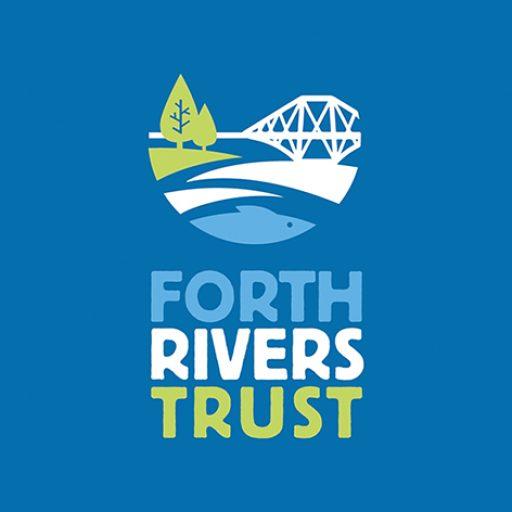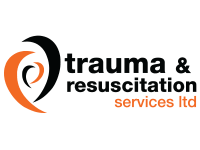What should you take on a multi-day walking or trekking adventure – and what is the best way to pack your rucksack? The short answer is, you should pack as little as possible because a heavy pack will make the trip less pleasurable, but you still require enough gear to be safe and self-sufficient.
The best time to set off for your first walking expedition will be spring or summer. If the weather is warmer and more reliable, you can pack fewer items. Of course, a winter walking adventure is still possible, it just means that you will have to carry more kit so that you don’t end up cold and wet.
Whenever you go, however, there is a list of basic essentials for a successful trekking trip, during which you might plan to camp for several nights.
Kit list for walking and camping
• 40 to 50l rucksack (ensure it is comfortable to carry when full of kit)
• Lightweight one or two-person tent
• Sleeping bag (choose the right one according to the seasons)
• Inflatable sleeping mat (such as a Therm-A-Rest)
• Walking poles
• Cooking stove, pot and gas (all-in-one such as those made by MSR are handy and less bulky)
• Bowl and cup
• Spork (spoon and fork combination gadget)
• Food (this will depend on how long you are going for and access to shops en route)
• Water (again, the amount you carry will depend on whether there will be water to source on the route)
• Emergency bivi bag/foil blanket
• Map and compass (and ensure you know how to use it!)
• Route downloaded on OS Map app on your phone (optional)
• Smartphone (for camera, apps and in case of an emergency)
• Sun cream
• Insect or midge repellent (depending on your destination)
• Midge net if trekking in the north of England or Scotland
• Mozie net if trekking in areas where there are mosquitoes
• Small first aid kit
• Small toiletries kit.
Clothing for a trekking trip
What to wear:
Walking clothes might include boots or shoes, socks, shorts or trousers, sports t-shirt, and a long-sleeved baselayer (see tips below). If you are going for a few days, you could easily wear the same items for the entire trip.
If you plan to go for longer, pack a few extra spares to change into.
What to pack:
• Waterproof jacket
• Waterproof trousers
• Spare socks, pants and baselayer
• Gloves and hat (in case it turns chilly and for the evening)
• Lightweight insulated jacket (choose the jacket according to the seasons)
• Running tights (useful as sleepwear or for wearing if it gets cold while trekking)
• Flipflops or similar lightweight camp shoes (see tips below).

Use dry bags for packing
There are a number of reasons to use dry bags for packing your trekking kit:
• If it rains, the items inside your backpack will stay dry if they are all packed inside drybags.
• It is easier to find different items if they are packed in separate dry bags. For example, group together similar types, such as clothes, toiletries, and food. Choose colour-coded bags or dry bags with a clear window so you can see what is inside. It saves a lot of time and frustration when trying to find items. A pack of differently sized EXPED Clear Sight DryBags are a great idea.
• Some dry bags allow you to squeeze a lot of air out of the bags. For example, the Lowe Alpine Airstream Compression Sack. The more air you eliminate from a dry bag, the less space the item takes up and the lighter your rucksack will be. A good example of this is a sleeping bag packed in a compression bag.
• TOPTIP Take a spare dry bag with you for stashing wet or dirty clothes. If you do this you will avoid the inside of your rucksack becoming wet and smelly.
• An Overboard 100% waterproof bag is a useful addition if you plan to trek and make use of a kayak or a stand-up paddle board. When you are near water, simply place all your kit inside the fully waterproof dry bag and that way you will know it will stay dry. There is nothing worse on a trekking trip than discovering at the end of your day, you have only soggy clothes and food.

How to pack a trekking rucksack
With items individually packed into dry bags you can easily see what you need to fit into the larger rucksack.
Pack heavier and bulkier items lower down the pack. When you have the rucksack on, the heavier part will be on your hips/waist and this means the pack will be more comfortable. If you have the heavier items at the top, you will end up with sore shoulders due to it being top heavy.
Make sure that bulky items or those with an awkward shape, such as a cooking stove, are packed to the front of your rucksack. This means they will not dig into your back while carrying the pack.
Ensure items that you will require easy access to are packed at the top of the rucksack or in pockets of the rucksack.
Walking poles can be added to the outside of the pack. There is usually a side mesh pocket and straps to keep the poles in place.
A water bladder with a tube allows for easier drinking while on the move. Alternatively, make sure your water bottle or flask is handy for drinking as you walk. It’s important not to become dehydrated.


Kit to pack in your rucksack
Tips for trekking and packing
• If you are trekking with a friend split some of your kit between you and share. For example, a two-person tent can be split into two rucksacks and while one person can bring a stove, the other might bring extra food or water.
• Wear a natural wool baselayer, as well as pants and socks. These tend to be less smelly when worn for extended periods and they are breathable and quick drying. It means you need fewer spares.
• If you prefer to keep your rucksack light, do not pack an extra pair of camp shoes. Instead, take two lightweight plastic supermarket bags. When you change your socks after walking for the day, place your feet inside the bags and then put on wet/damp walking boots or shoes. This saves your dry socks from becoming waterlogged by wet footwear.

Can I camp in the wild?
Many people enjoy the opportunity to wild camp when they are walking or trekking. It does mean that you need to carry more kit with you, compared to staying in a hostel or B&B however it’s a lovely experience to pitch a tent in the middle of nowhere with a beautiful view.
In Scotland, the rules about wild camping are clearly outlined in the Scottish Outdoor Access Code. For example, read a camping in Scotland guide for beginners.
Scotland is fortunate because the general public can wild camp so long as they do so responsibly.
The rest of the UK is a little different but there are still plenty of places where wild camping is possible but you must do so discreetly and responsibly. Camp away from other people and buildings and leave no trace of where you have camped.
Conclusion: Multi-day trekking is a fun adventure and environmentally friendly. Once you have all the equipment, it is a relatively cheap activity. The more you do it, the more you will discover ways to make your rucksack as light and comfortable as possible, but while also ensuring you are safe on the trails or in the hills. Drybags for packing will help to ensure the adventure is a success.

























